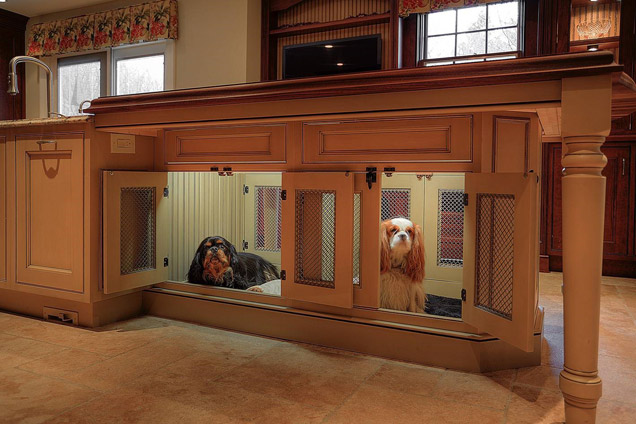by Wade Shaddy
Create illuminated space in any bookcase using a light bridge. This type of lighting is installed below any shelf using simple ambient lights to add depth and character to the bookcase. Typical light bridges illuminate objects other than books such as vases, flowers pictures or keepsakes. They serve to open up the bookcase by providing light between rows of books on on either side. Typical light bridges are installed in bookcases that have three sections, with the middle section receiving the light bridge. It’s fine to add a light bridge to any shelf for the same effect.
1. Measure the length horizontally across the top shelf of the bookcase. Purchase a light bridge that will fit between the two vertical sides of the bookcase. The light bridge doesn’t need to fit tight flush on either end. For example, if the shelf is 48 inches wide, use any light bridge fixture measuring between 18 and 36 inches.
2. Stain and lacquer the front of the light bridge if needed. Lots of light bridge fixtures have a single piece of molding across the front. Choose a molding profile that matches your existing trim, and apply stain that matches the existing bookcase.
3. Locate the nearest power outlet. Use a drill/driver and 1-inch Forstner bit to drill a hole through the back of the bookcase on the side needed to access the power outlet. Drill the hole one inch diagonally from the back corner. If the bookcase is installed to the wall, it’s OK to drill the hole through the side of the bookcase, one inch diagonally from the back corner on the side needed.
4. Place the light bridge fixture under the top of the bookcase. Center it flush with the front edge.
5. Hold the light bridge with one hand. Use your other hand to place two 5/8-inch screws in drilled holes on either end of the light bridge. Screw the screws in tight to secure the light bridge to the bookcase.
6. Pull the cord straight back from the light bridge fixture to the point where the shelf contacts the back. Use a hammer to tap one horseshoe nail over the cord to secure it to the back of the bookcase. If the bookcase has no back, or the back is no thicker than 1/4 inch, tap the nail into the underside of the shelf to secure the cord.
7. Insert the end of the cord through the 1-inch hole. Pull it snug. Tap two more horseshoe nails into the cord to finish installing the light. Plug it in. The switch to turn the light off and on may be on the cord or the fixture itself, depending on the model.
Things You Will Need
- Stain (optional)
- Lacquer (optional)
- Light bridge fixture
- Drill/driver
- 1-inch Forstner drill bit
- 5/8-inch screws
- Hammer
- Horseshoe nails
You can also place the light bridge on the back of the shelf, which is not recommended because the light is dampened — or you can place it under any shelf to illuminate the shelf below it.
If the top of your bookcase has a decorative trim piece across the front that’s greater than 2 inches wide, you don’t need a light bridge. Purchase hobby lights to fit behind it for the same affect.
Warning: Be careful when drilling through finished wood. Drill from both sides to prevent splintering. Wear safety glasses.


